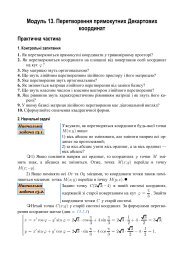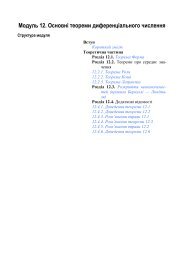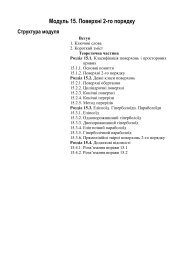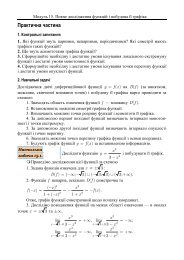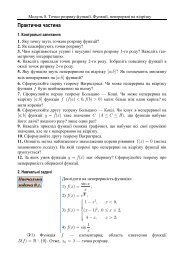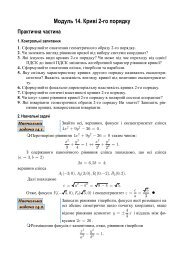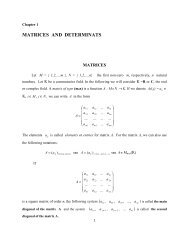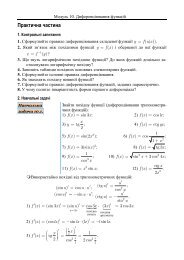4. Perception Understanding Key Concept - Uuooidata.org
4. Perception Understanding Key Concept - Uuooidata.org
4. Perception Understanding Key Concept - Uuooidata.org
You also want an ePaper? Increase the reach of your titles
YUMPU automatically turns print PDFs into web optimized ePapers that Google loves.
tends to perceive a situation in terms of that need. If you see doing well in class as a way tohelp meet your achievement need, for example, you will tend to emphasize that aspect whenconsidering various classes. By the same token, a person with a negative attitude toward unionsmay look for antagonisms even when local union officials make routine visits to the<strong>org</strong>anization. These and other perceiver factors influence the various aspects of the perceptualprocess.The Setting The physical, social, and <strong>org</strong>anizational context of the perceptual setting also caninfluence the perceptual process. Kim Jeffrey, the recently appointed CEO of Nestle’s Perrier,was perceived by his subordinates as a frightening figure when he gave vent to his temper andhad occasional confrontations with them. In the previous setting, before he was promoted,Jeffrey’s flare-ups had been tolerable; now they caused intimidation, so his subordinates feared toexpress their opinions and recommendations. Fortunately, after he received feedback about thisproblem, he was able to change his subordinates’ perceptions in the new setting.The Perceived Characteristics of the perceived person, object, or event, such as contrast, intensity,figure–ground separation, size, motion, and repetition or novelty, are also important in theperceptual process. For example, one mainframe computer among six PCs or one man among sixwomen will be perceived differently than one of six mainframe computers or one of six men—-where there is less contrast. Intensity can vary in terms of brightness, color, depth, sound, andthe like. A bright red sports car stands out from a group of gray sedans; whispering or shoutingstands out from ordinary conversation. The concept is known as figure–ground separation, and itdepends on which image is perceived as the background and which as the figure. For anillustration, look at Figure 1.13. What do you see? Faces or a vase?In the matter of size, very small or very large people tend to be perceived differently and morereadily than average-sized people. Similarly, in terms of motion, moving objects are perceiveddifferently from stationary objects. And, of course, advertisers hope that ad repetition orfrequency will positively influence peoples’ perception of a product. Television advertising blitzesfor new models of personal computers are a case in point. Finally, the novelty of a situationaffects its perception. A purple-haired teenager is perceived differently from a blond or abrunette, for example.STAGES OF THE PERCEPTUAL PROCESSSo far we have discussed key factors influencing the perceptual process. Now we’ll look at thestages involved in processing the information that ultimately determines a person’s perception andreaction, as shown in Figure 1.1<strong>4.</strong> The infor-mation-processing stages are divided into information





